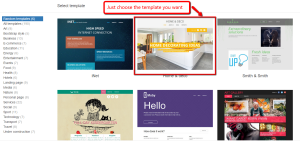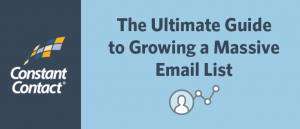Digital governance isn’t necessarily a concept that most of us are required to be intimately familiar with. That is, unless something catastrophic occurs to our site or impacts our customers’ security. Why? Because it’s easier to be reactive than proactive. If something happens, it demands a response while being proactive involves a great deal of forethought, imagination, planning, and – let’s face it – money. But being reactive is a devil’s gambit – what are you avoiding? Short term effort versus greater long-term pain.
While only 1% of sites on the Internet Retailer 1,000 (IR1000) and ComScore Media Metrix 50 (CMM50) are fully optimized, and a full 60% are in reactive mode, in this case it doesn’t pay to be in the majority. Even without an extensive cost-benefit analysis, ignorance can be very far from bliss.
The same holds true for your marketing stack. Today, marketing tags, the little injections of javascript that help track clients and prospects, offer greater functionality than ever before – from granular demographic analytics to account-based retargeting. But just because you add and remove tags, doesn’t mean you’ll have a full view of your marketing technology. If you’re retargeting, that is, using redirects (also knowns as piggybacks, daisy-chains, or hops), this can open you up to security issues.
Redirects are an ad technology for tracking in which companies partner with one another to reach a user base. They can be data aggregators (that collect data points about age and income of the key demographic) or optimization vendors, and these partners – whom you haven’t vetted or authorized – often have access to your valuable data. In fact, we found that over 50% of tags encountered by users in a given session for travel sites were the result of tag redirects. Knowing and managing these redirects will help you make the most of your marketing technology.
Best Practices
Building a governance plan from scratch can be overwhelming, but hopefully these tips help kickstart the planning process. The effects of ignoring digital site governance can be severe. Tag mismanagement can impact organizations in numerous ways including:
- Impacting revenues and conversions
- Slow site load time and poor user experience
- Security issues that drive away potential customers
- Shopping cart abandonment
We’ll look at the five best practices that will help companies get started with a tag governance plan.
The Right Tools to Identify the Problems
If a poor craftsman blames his tools, a fine craftsman must credit his tools. In terms of digital governance, the right tools are critical to being able to get a handle on your marketing stack. Ideally you’ll have a graphical representation that reveals all tags running on your site – even hidden ones introduced by tag redirects. This 360-degree view will help you get a handle on all the tech running on your site.
Generate Awareness, Get a Win
In order to get your marketing stack under control it’s important for the marketing and IT departments to collaborate. Each stakeholder needs to claim ownership of tags that they’ve implemented. By removing redundant or unclaimed tags you’ll gain a quick governance win, as you’re likely to immediately see your site load more quickly. It’s a terrific way to gain institutional buy-in and and sell the idea of governance to internal stakeholders.
Governance Is a Process
It’s important to be able to balance the competing needs of all stakeholders. Facilitate discussion and work to gain consensus from those whose objectives may be not be aligned (or may even be opposed). Remember, change doesn’t happen all at once and governance is a process rather than an outcome, it’s something that must be scrupulously maintained to be effective.
Engagement and Adoption
In order to drive engagement and adoption, start with just one page in order to show the impact of vendor tracking technologies. This can take the form of A/B testing to highlight page performance and tag issues. You can show the impact of specific tags on a page – showing both latency and potential security issues that expose you to mixed-content warnings and man-in-the-middle attacks.
Determine Tag TCO
Assessing the cost and benefit of a tag is critical to determining its value. Luckily, you can use reports generated from a tag monitoring system to assess latency and other KPIs. By looking deeply at the total cost of ownership (TCO) you can determine whether a tag is providing sufficient benefit to justify its cost in terms of page slowdown. Afterall, every 1-second delay in site load time decreases conversions by 7%.
Good Governance Means Greater Productivity
While you might not be intimately familiar with digital governance to this point, it’s important to understand that website data governance doesn’t end with these five tips. It’s vital to instigate regular meetings to review your governance plan and ensure its strict ongoing enforcement. These steps should be able to move you from reactive to a more productive and proactive approach to governance. And that’s a win for everyone.
(19)









